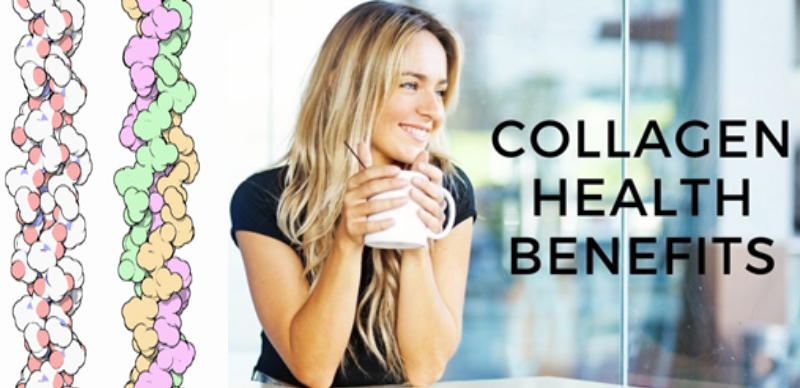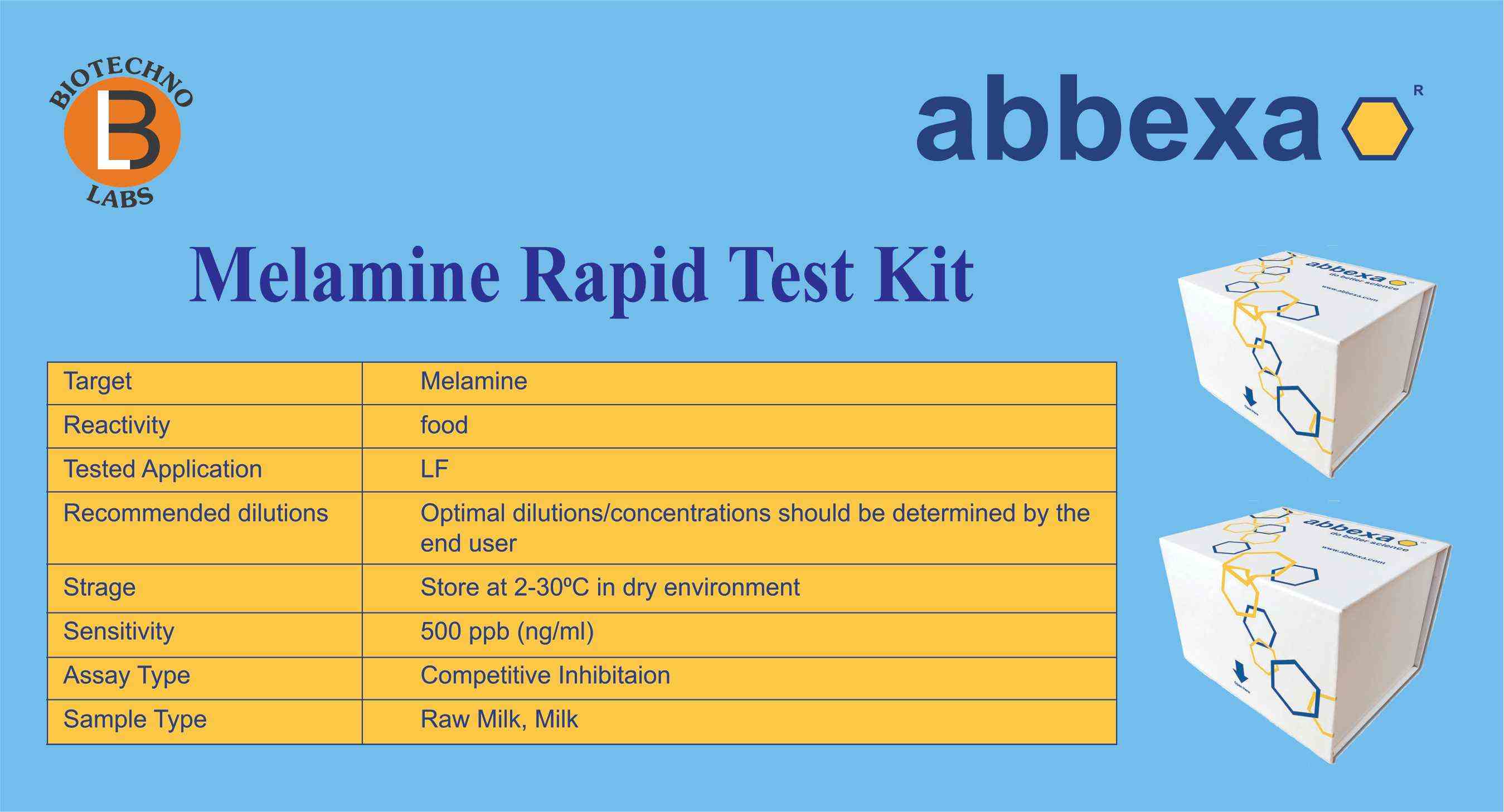
Derivation and Role of Collagen in human health
Collagen is derived from greek word “kola” and “gen” meaning “glue” and “producing”
respectively. It is the most abundant protein making up about 30% of total
protein content. It is a visco-elastic material that has high tensile strength
and low extensibility. It has been studied since 1800 and since then it is
implicated in diseases like cancer, arthritis and over 40 hereditary diseases.
It conforms the connective and conjunctive tissue in human body and also
constitute a major part of the extracellular matrix. It is produced by various
cell types and differ in their molecular composition, distribution, morphology,
function and pathologies. Cell synthesizing collagen are fibroblast,
osteoblast, chondroblast, odontoblasts and cementoblasts. The collagen superfamily comprises 28 members numbered with Roman
numerals in vertebrates (I–XXVIII) and among them
Type I and III are more abundant. The types which are found in low amounts do
not have set definition but definitely has a vital role. They have been
classified as fibrous, nonfibrous, filamentous and fibril associated with
interrupted triple helices.
Collagen
molecule or tropocollagen is a rod like structure made up of 3 polypeptide
strand each of which is a left-handed helix.
All of them are twisted in a right-handed fashion forming a triple helix,
a quaternary structure which is stabilized by hydrogen bonds. The molecular
weight of the main types of collagen fibers is 300,000 Daltons, the length is
280 nm, and the width is 1.4 nm. A distinctive characteristic of collagen
molecules is the presence of the amino acids, hydroxyproline and hydroxylysine It
is composed of three main amino acids: Glycine, Proline and Hydroxyproline. Unstained
collagen fibers are less than 10µm and are colorless. They appear as long wavy
pink fibers when stained with eosin and hematoxylin.
Collagen
has various multiple applications like they act as anchor in glass and beads
for cell culture cell, as biomaterial for vascular prosthesis, as
microparticles for subcutaneous injection, as regeneration of tissue scaffold,
and as feed-stock for gelatin, glues, and cosmetics, also for the production of
oral administration hydrolysates etc. It is sometimes referred to as the cement
of the body as it keeps everything in place in the body.
Collagen Products for Human & woman
plays an important role in skin health. Skin is majorly composed of type I and
type III collagen. The abundance and strength of collagen is directly
proportional to the skin aging hence it has gained a huge interest in the
cosmetic industry. It has been found to be responsible for skin repair.
Collagen hydrolysate keep the skin hydrated. It provides building block for
elastin and provide as ligands in fibroblasts for hyaluronic acid, which
nourishes the skin. The decrease in
collagen synthesis with aging results in loss of elasticity and healing.
Collagen
is responsible for the biomechanical function of the connective tissue because
of its stretchy and flexible nature. It forms the carcass of the body – skeleton,
cartilages, tendons and ligaments, as well as the internal carcass – fasci,
capsules and stroma of internal organs, mesentery, and meninges. It is largely
responsible for withstanding and transmitting large forces between muscle and
the bone. It also forms the major constituent of cartilage and muscle giving it
the strength and flexibility. Various bone disorders are due to the defect in
collagen production or metabolism. The current bone antiresorptive therapies
(to treat osteoporosis) use bone resorption markers to monitor the response to
the treatment. Since collagen is in abundance in bones, the bone resorption
markers are specific to the bone collagen metabolism.
It
is the key protein in connective tissue and play a crucial role in wound
healing by repair and scar formation. The deposition and remodeling of collagen
leads to increase in the tensile strength of the wound which is approximately
20% of normal by 3 weeks after injury gradually reaching a maximum of 70% of
that of normal skin. The overproduction of Collagen can form abnormal scars,
which impede wound healing. Currently,
collagen dressings are used in burns, trauma, infectious and operating skin
damages, in the chronic wound process. These dressings are easier to use in
comparison to autologous skin flaps, as they are natural, non-immunogenic and
low allergenic. Collagen dressings also protect the wound and mechanically
restrict edema, fluid loss. If you want know for Collagen Products Price in India. Your Problem is solved on our website because we are the best Collagen Products Supplier in India. If you want take collagen suppliment then contact our team.
Collagen
also form a part of our dental tissues including Dentin, Cementum, Pulp and
Periodontal ligament giving it a proper architecture and function.
It
also forms a part of the basement membrane. The lamina densa consisting of type
IV collagen that is coated by heparan sulfate, a glycosaminoglycan and
anchoring fibrils, that are composed of type VII collagen and extend from the
lamina densa to the connective tissue.
Neurosurgeons
use collagen-based graft DuraGen for the plastics of dura mater of the spinal
cord. This operation becomes necessary when the integrity of the spinal canal
is violated and there is cerebrospinal fluid leakage. DuraGen is a purified and
reconstructed bovine-derived collagen type I. Currently there is no efficient
treatment for patients with spinal injury. But recently a major advancement in
neurosurgery led to the development of a very promising collagen matrix for
nerve fiber regeneration
Because
of all the fields stated above there is a great demand of collagen and related
products both in cosmetic and pharmaceutical industry. Collagen-based
biomaterials are very important for tissue engineering and regenerative
medicine because of its superior biocompatibility and low immunogenicity. Also,
the future demands the collagen related research to provide best treatment
modalities to the patients suffering from collagen related disorders.
Because
of such upcoming research in the field associated with collagen, BTL Biotechno Labs Pvt Ltd
provides a huge variety of collagen related products like cell culture grade
collagen, immunization grade collagen, ELISA grade collagen, Collagen CB
peptide fragments, kits for detecting both soluble and insoluble collagen,
adjuvants for collagen induced arthritis, sensitive tissue collagen assay,
hydroxyproline assay, biomarkers, total collagen assay etc.
Collagen is derived from greek word “kola” and “gen” meaning “glue” and “producing” respectively. It is the most abundant protein making up about 30% of total protein content. It is a visco-elastic material that has high tensile strength and low extensibility. It has been studied since 1800 and since then it is implicated in diseases like cancer, arthritis and over 40 hereditary diseases. It conforms the connective and conjunctive tissue in human body and also constitute a major part of the extracellular matrix. It is produced by various cell types and differ in their molecular composition, distribution, morphology, function and pathologies. Cell synthesizing collagen are fibroblast, osteoblast, chondroblast, odontoblasts and cementoblasts. The collagen superfamily comprises 28 members numbered with Roman numerals in vertebrates (I–XXVIII) and among them Type I and III are more abundant. The types which are found in low amounts do not have set definition but definitely has a vital role. They have been classified as fibrous, nonfibrous, filamentous and fibril associated with interrupted triple helices.
Collagen molecule or tropocollagen is a rod like structure made up of 3 polypeptide strand each of which is a left-handed helix. All of them are twisted in a right-handed fashion forming a triple helix, a quaternary structure which is stabilized by hydrogen bonds. The molecular weight of the main types of collagen fibers is 300,000 Daltons, the length is 280 nm, and the width is 1.4 nm. A distinctive characteristic of collagen molecules is the presence of the amino acids, hydroxyproline and hydroxylysine It is composed of three main amino acids: Glycine, Proline and Hydroxyproline. Unstained collagen fibers are less than 10µm and are colorless. They appear as long wavy pink fibers when stained with eosin and hematoxylin.
Collagen has various multiple applications like they act as anchor in glass and beads for cell culture cell, as biomaterial for vascular prosthesis, as microparticles for subcutaneous injection, as regeneration of tissue scaffold, and as feed-stock for gelatin, glues, and cosmetics, also for the production of oral administration hydrolysates etc. It is sometimes referred to as the cement of the body as it keeps everything in place in the body.
Collagen plays an important role in skin health. Skin is majorly composed of type I and type III collagen. The abundance and strength of collagen is directly proportional to the skin aging hence it has gained a huge interest in the cosmetic industry. It has been found to be responsible for skin repair. Collagen hydrolysate keep the skin hydrated. It provides building block for elastin and provide as ligands in fibroblasts for hyaluronic acid, which nourishes the skin. The decrease in collagen synthesis with aging results in loss of elasticity and healing.
Collagen is responsible for the biomechanical function of the connective tissue because of its stretchy and flexible nature. It forms the carcass of the body – skeleton, cartilages, tendons and ligaments, as well as the internal carcass – fasci, capsules and stroma of internal organs, mesentery, and meninges. It is largely responsible for withstanding and transmitting large forces between muscle and the bone. It also forms the major constituent of cartilage and muscle giving it the strength and flexibility. Various bone disorders are due to the defect in collagen production or metabolism. The current bone antiresorptive therapies (to treat osteoporosis) use bone resorption markers to monitor the response to the treatment. Since collagen is in abundance in bones, the bone resorption markers are specific to the bone collagen metabolism.
It is the key protein in connective tissue and play a crucial role in wound healing by repair and scar formation. The deposition and remodeling of collagen leads to increase in the tensile strength of the wound which is approximately 20% of normal by 3 weeks after injury gradually reaching a maximum of 70% of that of normal skin. The overproduction of Collagen can form abnormal scars, which impede wound healing. Currently, collagen dressings are used in burns, trauma, infectious and operating skin damages, in the chronic wound process. These dressings are easier to use in comparison to autologous skin flaps, as they are natural, non-immunogenic and low allergenic. Collagen dressings also protect the wound and mechanically restrict edema, fluid loss.
Collagen also form a part of our dental tissues including Dentin, Cementum, Pulp and Periodontal ligament giving it a proper architecture and function.
It also forms a part of the basement membrane. The lamina densa consisting of type IV collagen that is coated by heparan sulfate, a glycosaminoglycan and anchoring fibrils, that are composed of type VII collagen and extend from the lamina densa to the connective tissue.
Neurosurgeons use collagen-based graft DuraGen for the plastics of dura mater of the spinal cord. This operation becomes necessary when the integrity of the spinal canal is violated and there is cerebrospinal fluid leakage. DuraGen is a purified and reconstructed bovine-derived collagen type I. Currently there is no efficient treatment for patients with spinal injury. But recently a major advancement in neurosurgery led to the development of a very promising collagen matrix for nerve fiber regeneration
An inborn error of collagen structure and metabolism results in collagen related disorders like: Ehlers Danlos syndrome, Osteogenesis imperfecta, Stickler syndrome, Alport syndrome, Epidermolysis bullosa, Marfan syndrome, Systemic lupous erythematosus, Systemic sclerosis, Oral submucosal fibrosis, Scurvy etc.
Because of all the fields stated above there is a great demand of collagen and related products both in cosmetic and pharmaceutical industry. Collagen-based biomaterials are very important for tissue engineering and regenerative medicine because of its superior biocompatibility and low immunogenicity. Also, the future demands the collagen related research to provide best treatment modalities to the patients suffering from collagen related disorders.
Because of such upcoming research in the field associated with collagen, BTL Biotechno Labs Pvt Ltd provides a huge variety of collagen related products like cell culture grade collagen, immunization grade collagen, ELISA grade collagen, Collagen CB peptide fragments, kits for detecting both soluble and insoluble collagen, adjuvants for collagen induced arthritis, sensitive tissue collagen assay, hydroxyproline assay, biomarkers, total collagen assay etc.
For product details, please connect with us at info@biotechnolabs.com.








